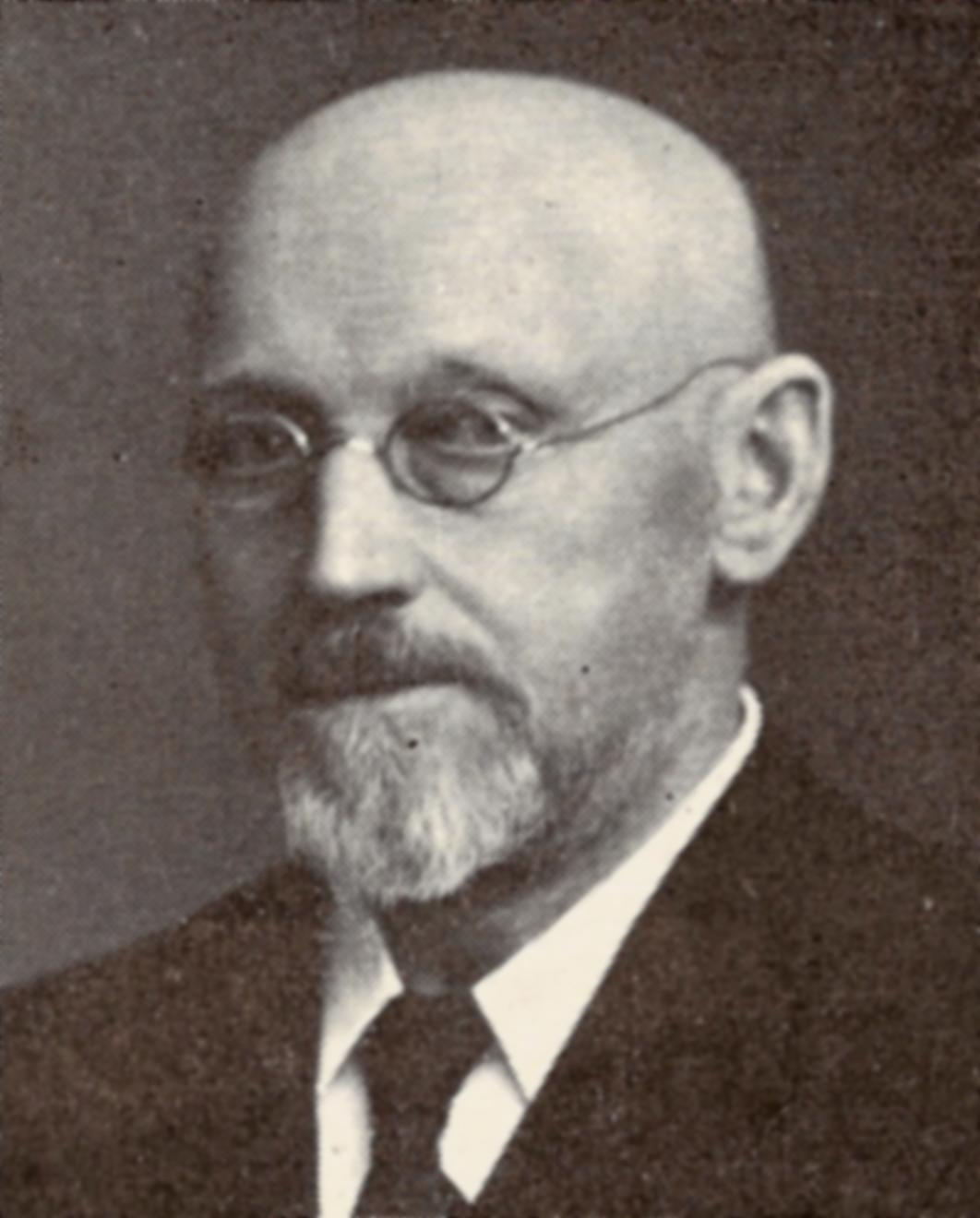My great-grandmother, (Julie) Oline Hansen, was born in 1886
in a small farming community a little to the southwest of the middle of Sealand
called Fjenneslev. Her father's line goes back at least two generations in that
area. The area is directly on the border between two areas of Denmark, Sorø and
Roskilde, and is the confluence of three small towns called Alsted-Flinterup, Knudstrup,
and Fjenneslev.
Fjenneslev currently has just under 800 people living there
now. As stated above, it is located almost directly between Sorø and Ringsted, but
it is considered part of the Sorø Municipality. It has a train station and a very
famous church. Oline and her siblings attended school near the church until
their confirmation, then began working to support the family. There is a second
church in Alsted, where Oline and her siblings were all confirmed and where
both of Oline's parents were buried.
The Fjenneslev church was built in 1130, and features a
large double tower. It is one of the country's most famous churches due to the
legend of how the towers were built, and the land upon which it was built.
Absalon and Esbern were the sons of the couple who built the church. Legend
says that the towers on the church represented the two brothers, but fact seems
to suggest the boys built the towers, possibly in honor of their parents.
The legend goes that Asger and his wife were still building
the church when he was sent to war. She was pregnant at the time, and so he
asked her to build a tower if she had a boy, and a steeple if she had a girl.
When he returned home from the war, he saw two towers, and that was how he knew
he had twin sons. The truth is that the boys were a few years apart in age, so
it is far more likely they built the towers to memorialize their parents. An
ancient stone was found at the church cemetary, which was uncovered in 1830
during the demolition of a dike there. It was re-erected in the churchyard in
1910. The text reads "In memory of Asger Ryg, Absalon and Esbern's father,
this stone was erected to testify where Hvide land once was." Little
remains of their family land today.
The Hvide family is a very important Danish Noble family
from Danish history, of which Absalon and Esbern are two of the best-known
individuals. Esbern (known as Esbern Snare) was born in 1127, and Absalon was
born in 1128. They were raised with the future king of Denmark, Valdemar the
first. Esbern helped to fight for Valdemar's right to gain the Danish throne
while Absalon was learning theology in the University of Paris. When he returned
to Denmark, he too became involved in the fight to put Valdemar on the throne,
and was nearly killed when King Svend (also known as Sweyn) attempted to poison Valdemar to get rid of
him. Svend was defeated in 1157, and Valdemar ascended the throne. In reward
for his help, Absalon became the Bishop of Roskilde when the old Bishop died.
Oline was born on a little farm in Fjenneslev called
Stubbegaard. According to the census records I have been able to find, and the
stories I have passed down to me by my grandmother and great aunt, it was owned
by at least three generations of her family. In the 1870 census, it shows
Rasmus, her father, as the farmer, with both his first wife (he was married
before he married my great-great grandmother) and his parents in residence.
They are not in the 1880 census there, but are located elsewhere. And after
Rasmus's death, the farm then passed on to his eldest son Herman. It is no longer
owned by the family, but I like that we can trace it back at least that far.
 |
| Oline (back left) and her siblings, ca 1900 or so |
 |
| Ole Hansen |
Oline's father died in 1895, so she likely began to work for
the family before Ole became Minister. I know that she moved with them to the
outskirts of Copenhagen, as she lived in Frederiksberg for a short time before
moving to America. She settled in Chicago for a few years before travelling
back to Denmark to visit her family in 1916. It was on that trip that she met
the man she would marry, Holger Hansen. After returning to America, the two
continued to court, and in 1918, they married and settled in Cleveland together.
My grandmother was born just a year later.
 |
| Oline, my grandmother, and Holger, ca 1920 |
Sources:
1001
Fortællinger om
Danmark: Fjenneslev (Danish to English)
Absalon
(Danish to English)
Esbern
Snare (Danish to English)
Fjenneslev
(Danish to English)
Fjenneslev
Cemetary (Danish to English)
Fjenneslev
Church (Danish to English)
Fjenneslev
Church (Danish to English)
Hvide
(Danish to English)
Hansen Family Tree
Ole
Hansen (Danish to English)
Sweyn
III of Denmark
0 comments :
Post a Comment